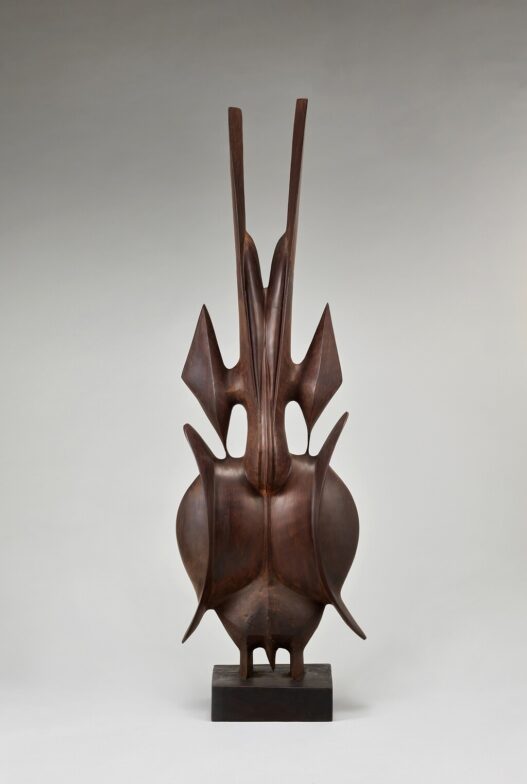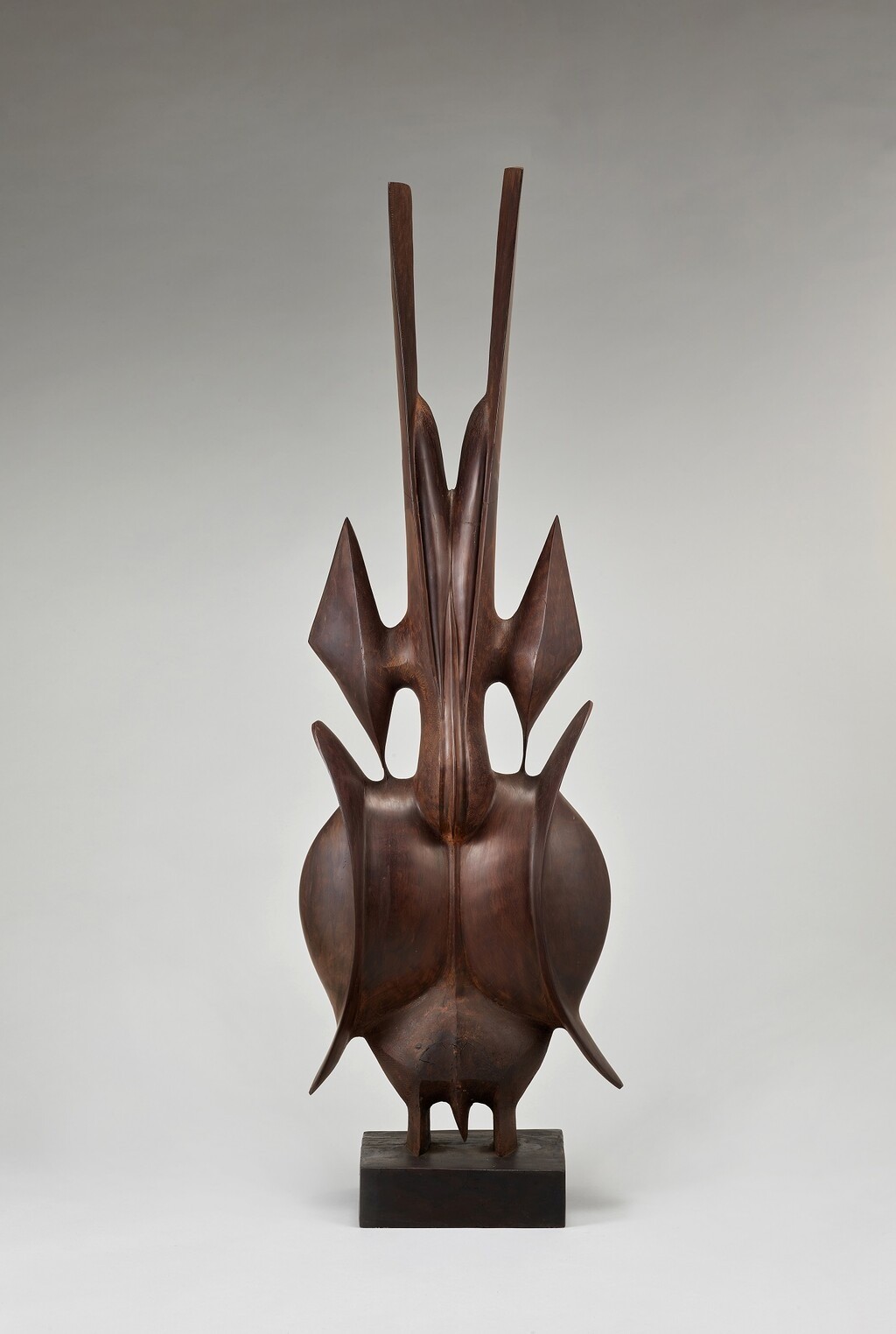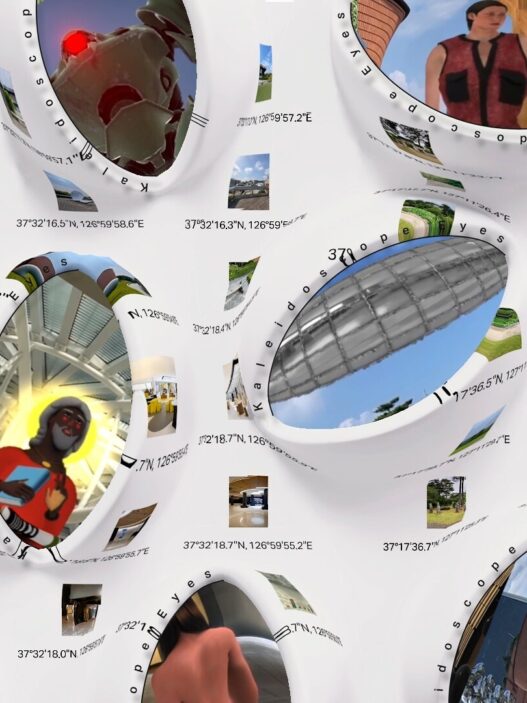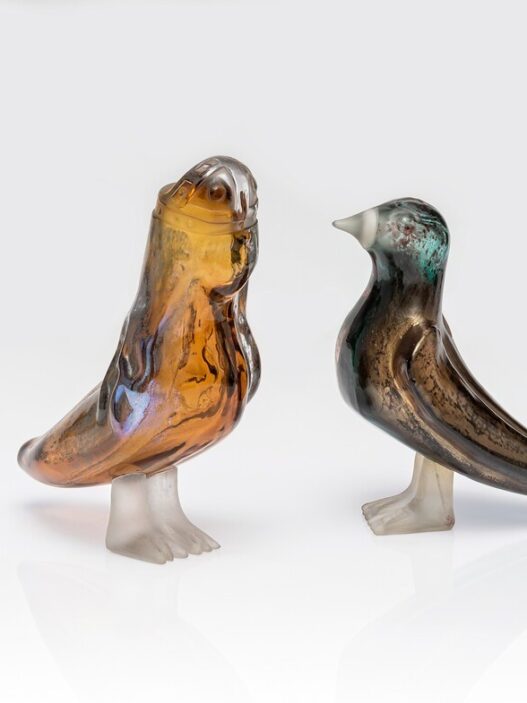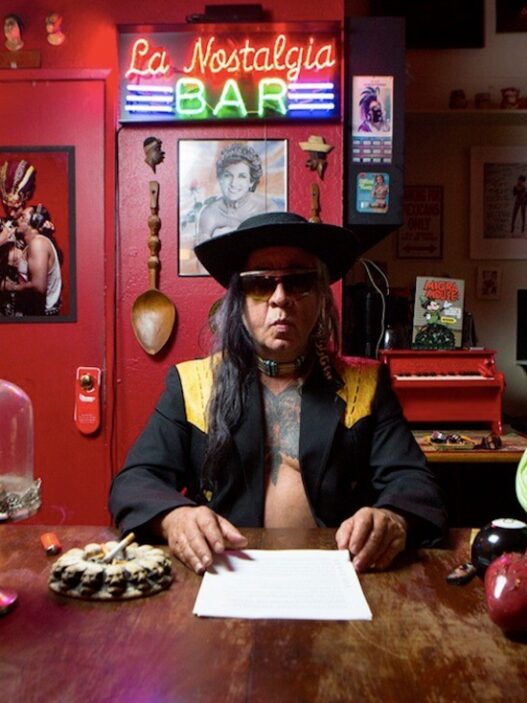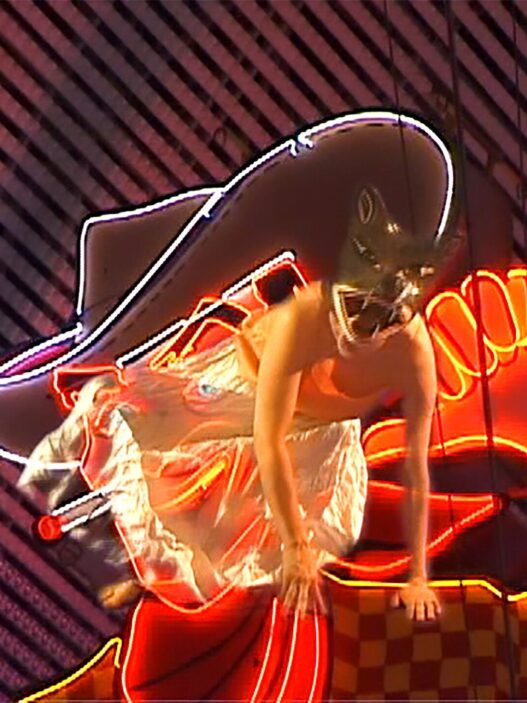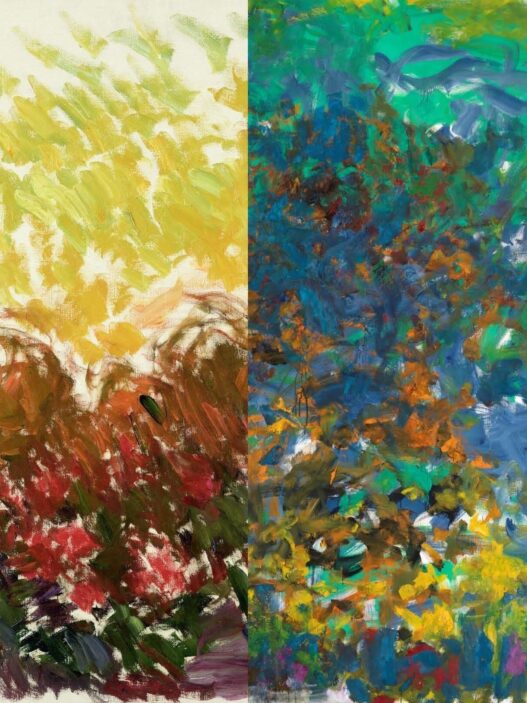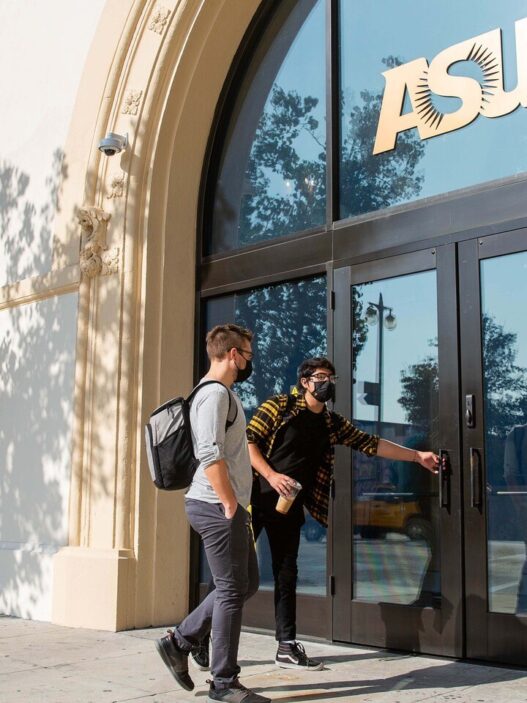September 1, 2022–January 29, 2023
From September 1, 2022, through January 29, 2023, the National Museum of Modern and Contemporary Art, Korea (MMCA) and Changwon Special City will co-present Moon Shin: Towards the Universe, a retrospective exhibition honoring the 100th anniversary of sculptor Moon Shin’s birth.
A thorough overview of his life and works in sculpture, painting, craft, and building is provided by the expansive retrospective. During the period of Japanese colonialism, Moon Shin (1922–1955) studied painting in Japan. After returning to Korea, he actively produced paintings before relocating to France, where he established himself as a sculptor. In the history of Korean abstract sculpture, which blossomed in the middle of the 1950s, as well as in the history of Korean modern art, he is therefore a unique instance. The exhibition aims to portray independence, loneliness, passion, and tension as defined by the artist, who lived his entire life as an outsider and stranger, as well as what each term implies in the modern age.
Moon was raised in Masan (now Changwon), the hometown of his Korean father, who was an immigrant worker at a coal-mining village in Kyushu, Japan, and was born to a Japanese mother and a Korean father. At the age of 16, Moon travelled to Japan to attend the Nihon Art School to study painting. He left for France in 1961, when he was approaching 40 and beginning to gain notoriety as a painter, then returned to Korea permanently in 1980 as a well-known sculptor. He received invitations to important salons of the day when he was in Paris, including Salon de Mai, Salon Grands et Jeunes d’Aujourd’hui, and Salon des Réalité Nouvelle. He cut all contacts with the outside world after moving back to Korea and settled in Masan, and then, in 1994, the year before he passed away, he opened the Moonshin Art Museum, a self-designed and built museum.
Moon saw his lengthy life as an outsider in Korea, Japan, and France as inspiration for creation in the fullest sense, not as a hardship to endure. He easily crossed the line between life and art, extending his artistic territory from painting to sculpture to craft to interior design to even building. He achieved this in addition to bridging geographic, ethnic, and national boundaries as an outsider. In order to achieve an exquisite equilibrium between opposing ideas, he also crossed the dichotomous borders of East and West, tradition and modernity, figuration and abstraction, organic and geometric, subtraction and addition, format and substance, and materiality and spirituality. In this manner, symmetry, one of his sculptures’ most notable features, has meaning beyond formal and structural balance. His genuinely abstract sculptures, which draw their inspiration from nature and the cosmos, are characterized by symmetrical balance, frontality, verticality, and caftmanship. This show primarily divides his body of work into paintings, sculptures, and architectural work (public art), as opposed to chronologically. The sculpture component of the exhibition focuses on the various forms the artist used and explores his creative process. Drawing serves as a significant medium in connecting the four sections of the show since it is a category of work that allowed his singularly borderless definition and practice of art to materialize in an intuitive way:
Moon gave his several sculptures the title Towards the Universe, which is also the name of the exhibition. In the artist’s view, the cosmos was the “source of life,” “uncharted territory,” and “home,” that is, something open in all directions. He argued that although humans “live in reality, they dream of an invisible future (universe)” In this way, the term represents his search for the source of life and creative force as well as his love of challenges, which prevented him from withdrawing within.
National Museum of Modern and Contemporary Art, Deoksugung
99 Sejong-daero, Jung-gu
04519 Seoul
South Korea
Hours: Tuesday–Sunday 10am–7pm,
Wednesday and Saturday 10am–9pm
T +82 2 2022 0600









